Rain and wet road conditions are perhaps the worst conditions that most drivers will face on a regular basis. Hazards and risks are elevated whenever it starts to rain, or even if roads are still wet from a recent downpour. Many drivers will simply slow down as their only safety precaution when it begins to rain. While reducing speed is a crucial element of how to drive safely in wet conditions, there are several other techniques or considerations that motorists need to be aware of when driving in the rain.
Not to rain on your parade, but heavy downpours can be dangerous: more than half of flood fatalities are vehicle-related, according to the National Weather Service. We asked James Solomon, a subject-matter expert on driver safety at the National Safety Council, to provide some common-sense safety tips for driving in the rain.
1. Drive A Clean Car In Good Condition
When visibility is limited by wet weather, it’s important that your car itself doesn’t impede your sight. Once a month, clean the outsides and insides of windshields and windows, and check your windshield wiper blades for wear. Check the level of your washer fluid once a week.
Solomon also recommends doing a quick check of headlights, taillights, turn signals and tire treads before driving the car for the first time each day. “Rain or no rain, operating without [signal lights], you’re a hazard—and it’s a ticketable offense,” he explains.
2. Know The Roads
Roads are built to withstand different weather conditions in different parts of the country, so if you’re new to an area, use extra caution during or after a storm. In many southern states, “the asphalt isn’t as compressed,” Solomon explains. “This means it can rain and the road can look totally dry, but it’s not. You’ll squeegee up the water that’s caught in the road aggregate, and now your tires are wet and slick and you don’t even know it.”
Take a moment to consider your route, too. If it takes you through low-lying bridge underpasses or past ditches prone to flooding, it might be a good day to take the freeway instead.
3. Switch On Lights, Not Brights
Though many newer cars come with automatic running lights, turn on the actual headlights when using windshield wipers so your taillights come on as well. “The idea behind having headlights is so other people can see you,” says Solomon. “When you turn your headlights on and your back lights come on, you identify all four corners of the vehicle.”
You don’t, however, need to flip on your brights; the brighter light will just reflect off wet surfaces, bouncing back into your eyes and irritating other drivers.
4. Slow Down!
Leave at least five seconds of following distance between your own car and the one in front, and don’t feel pressure to drive the posted speed limit. “The speed [listed] on the side of the highway is the maximum speed for perfect weather and perfect road conditions, so if the road is wet, it could be too fast for existing conditions,” says Solomon. “If other people don’t like it, they can pass you.”
And remember: never use cruise control on wet roads. If you hydroplane under cruise control, the automatic acceleration can cause you to lose control of your vehicle when your tires regain traction.
5. Don’t Get In Too Deep
If water is covering the markings on the road, it’s too deep to drive on. According to Solomon, you can lose control with as little as three inches of water on the road. And even if you manage to stay in control, a larger vehicle could push some of that water underneath your car, causing your engine to stall.
6. Steer Where You Want To Go
If you’re going too fast and end up hydroplaning (which Solomon calls surfboarding or waterskiing, “because that’s what you’re doing”), turn the wheel in the direction you want to go—and don’t be afraid if you don’t steer out of the skid on the first try. It may take three to five adjustments to get back on course (and a little while longer for your heart to stop pounding).
7. Hold Off On Unnecessary Trips
It’s one thing if you need to get home to your children or you’re already on the road, but otherwise, ask yourself if you’ve driven in this kind of weather before and if you’re ready to handle it right now. When bad weather is in the forecast, “a lot of people feel they have to go to the store,” says Solomon. But just as you would stay off the roads in heavy snow, it’s OK to stay home in heavy rain. If you have a small business in a flood-prone area and there’s lots of precipitation on the way, try to make arrangements for employees to work from home so they don’t have to worry about making the commute on potentially flooded roads.
Floods are one of the most common natural disasters in the United States. From getting the right flood insurance to having your house’s pipes checked, find out how to prepare before the big rainstorm hits in our Get Your Home Flood Ready guide.
For more tips on driving in heavy rain and other extreme weather, check out the National Safety Council’s defensive driving courses. Bonus: you could even get a discount on your car insurance for taking one.

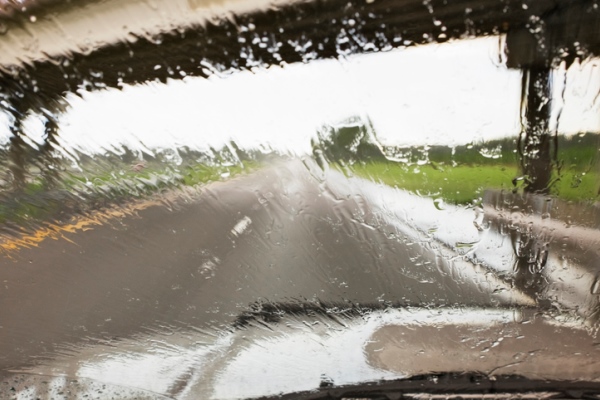

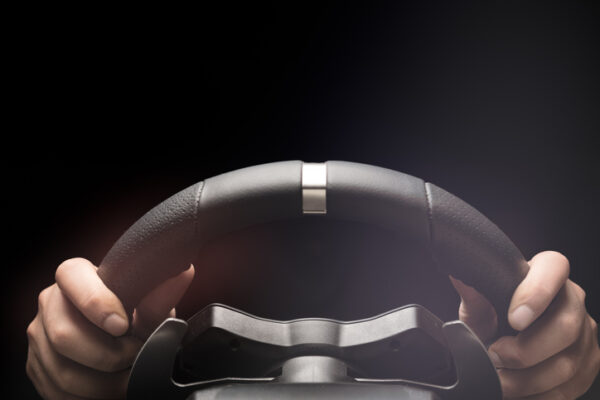
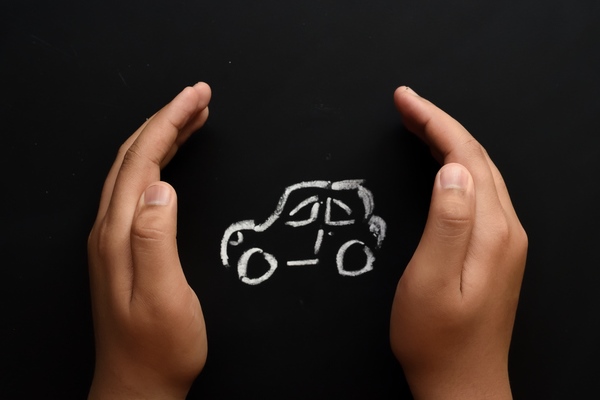
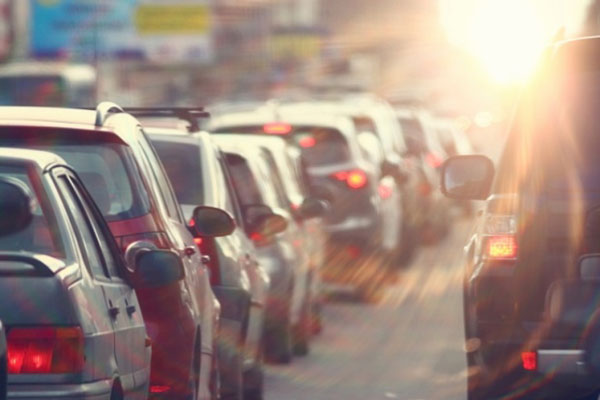
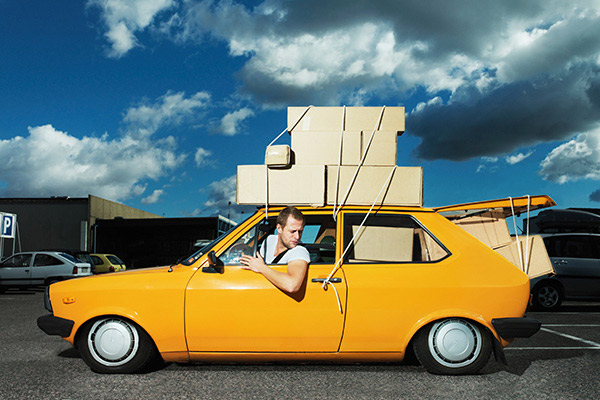
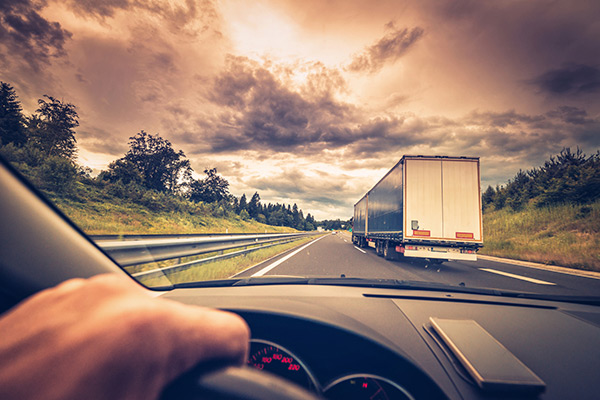
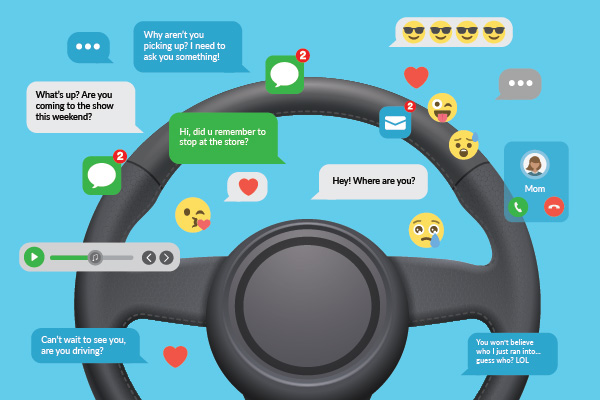
kim says,
good info
Christopher Zizzo says,
I just want to touch that issue of headlights one more time.
Because of automatic headlights in most cars, drivers forget all about turning lights on at all. Often, when cars are valet parked, the attendant will turn off headlights rather than leave them to go off on their own out of fear of killing the battery. When the driver regains the car, he/she is unaware that the lights are off. Streets are well lit, and the electronic dashboards are always lit up. Years ago, the darkened dash instruments were our clue to turn lights on.
I have assisted people whose lights were off at night. They had no idea how to turn them back on. Similarly, I have helped people figure out how to turn off high-beams and have explained what they are and how to know they are on. (There is a dash indicator light that is usually blue.) It seems amazing, but every item on a car that becomes automated leaves more drivers bereft of the knowledge needed to restore manual control.
My advice would be to take your car to a place where you can see the front lights (a strip mall parking lot where you can park head-in to the reflective glass windows is ideal for this). Have your owners manual handy and run through all the lighting possibilities, matching the positions of the switches with the actual behavior of the lights. Modern cars have parking lights, daytime running lights, headlights, both low and high beam, fog lights, directional and 4-way emergency flashers and clearance lights. In the rear there are taillights, reverse lights, license plate lamps, turn flashers and 4-way emergency flashers as well as clearance lights (also known as side markers.) All of them should be in working order and it’s important to know how to turn lights on so those taillights light up in a storm, as mentioned in the article.
Tony Mota JR says,
Great safety tips, Thank you ‘GEICO’ it’s nice to know that you care about me while I’m driving in bad weather your safety tips .
minerva Boyd_tomlin says,
thank for your information I am just with the company 5 months ago
Lindy Kwasowski says,
I learned not to drive in rain with cruise control on and why. Very interesting and helpful.
vickie hemb says,
I’ve been with Geico since 1998 and I think it think it’s a great company and I’m proud to be with them
Cherlyne Miller says,
Now I am enlighten to know that I am doing all the right things when driving in disasterous weather, wether it’s heavy rain fall, snow, and sleet. Thanks for reinforcing the knowledge of safe driving in these trying driving conditions.
Marilyn Charles says,
Thank you, very enlightening good reminders .on tips for the road on rainy days. Will certainly comply as I always do
Gloria Malouin says,
Great advise always need reminders. Taken notice driving I find the young people have their own rules for lights, speed and no courtesy . They love to drive fast, tailgate and stop right on top of you. This is a real concern. I am not blaming all ;young people, but thats what I see.
I hope some day there can be to resolve these issues.
Thank you,
Gloria
Vaughn Crombie says,
I think one of the most dangerous things on cars now are the blinding headlights (many have at least 4), especially on trucks and SUV’s. The authorities seem to be in denial and will only admit they appear brighter. Is there any other way to experience headlights? I would think this would be of concern to insurance companies. Thank you
Virginia says,
Good information about headlights.
Virginia says,
Very good information about headlights,and about housecleaning.
Virginia says,
Not house cleaning , but hydroplane
Kingsford says,
Very good information and important tips ,points well noted.
Sandra Bonner says,
Excellent article. I learned important tips that will improve my driving in rainy southwest Florida.
Paul DePrimo says,
Very good information